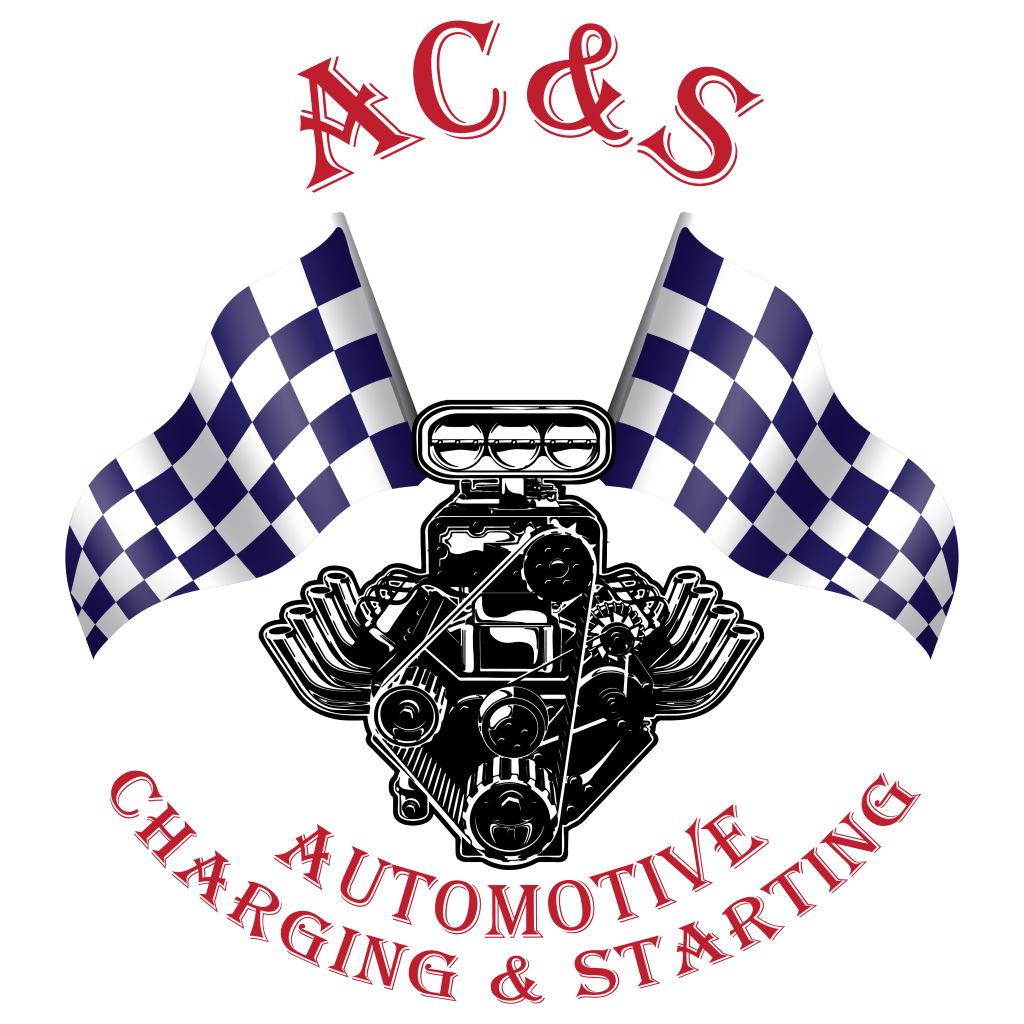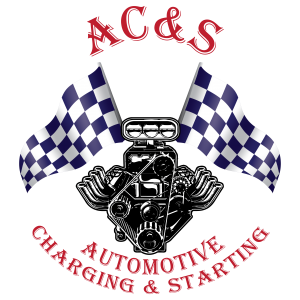Idaho Falls Starters
Rebuild your Starters at AC&S
When it comes to having your starters rebuilt, not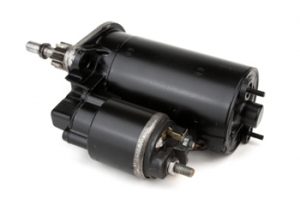 all services are equal. In fact, when it comes to engine starter rebuilding in Idaho Falls, Automotive Charging and Starting – or AC&S – is the best place to start. It’s nice to know that your automotive electrical needs will be taken care of with quality service and parts. The discriminating customer for Idaho Falls starters knows that once you come to AC&S, all your worries suddenly vanish.
all services are equal. In fact, when it comes to engine starter rebuilding in Idaho Falls, Automotive Charging and Starting – or AC&S – is the best place to start. It’s nice to know that your automotive electrical needs will be taken care of with quality service and parts. The discriminating customer for Idaho Falls starters knows that once you come to AC&S, all your worries suddenly vanish.
When faced with the necessity of rebuilding a starter, some people think it is a do-it-yourself job and even share information about how they tried it. However, as the experts will let you know, all too often a variety of things go wrong with a starter. They simply know that regular wear and tear through years of use requires an expert company with an outstanding reputation and credentials specializing in the area of automotive electrical repairs, service and maintenance. For the low price of having a starter rebuilt, it makes more sense to have an expert do it than to get half way through the job, get stuck, and run into some serious complications. Avoid getting caught in the snow far from home and relying on questionable workmanship when it’s time to start your car.
Engine starter rebuilding in Idaho Falls only requires one name to remember: AC&S. When looking for Idaho Falls starters services, there is no need to waste a lot of time. Contact or pay a visit to the Idaho Falls starters experts today. You’ll not only find the starter rebuilding service you’re looking for, you’ll find a whole lot more. The experts at AC&S will help you with battery service and sales as well as recycling. They also provide alternator service and repair. If you’re looking for generator service and repair, their trained technicians are happy to help, and, if you find yourself in need of DC motor service and repair, AC&S are the ones to call. Those in the market for engine starter rebuilding in Idaho Falls know the first and last shop for great service and quality is AC&S.
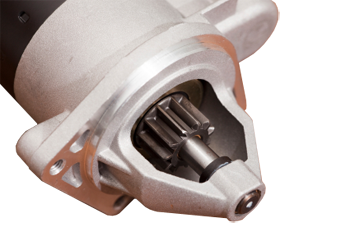
1. Main Housing (yoke)
2. Overrunning clutch, and Pinion gear assembly
3. Armature
4. Field coils with Brushes attached
5. Brush-carrier
6. Solenoid
The modern starter motor is either a permanent-magnet or a series-parallel wound direct current electric motor with a starter solenoid (similar to a relay) mounted on it. When current from the starting battery is applied to the solenoid, usually through a key-operated switch, the solenoid engages a lever that pushes out the drive pinion on the starter drive shaft and meshes the pinion with the starter ring gear on the flywheel of the engine.
The solenoid also closes high-current contacts for the starter motor, which begins to turn. Once the engine starts, the key-operated switch is opened, a spring in the solenoid assembly pulls the pinion gear away from the ring gear, and the starter motor stops. 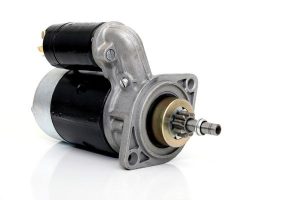 The starter's pinion is clutched to its drive shaft through an overrunning sprag clutch which permits the pinion to transmit drive in only one direction. In this manner, drive is transmitted through the pinion to the flywheel ring gear, but if the pinion remains engaged (as for example because the operator fails to release the key as soon as the engine starts, or if there is a short and the solenoid remains engaged), the pinion will spin independently of its driveshaft. This prevents the engine driving the starter, for such backdrive would cause the starter to spin so fast as to fly apart. However, this sprag clutch arrangement would preclude the use of the starter as a generator if employed in hybrid scheme mentioned above, unless modifications are made. Also, a standard starter motor is only designed for intermittent use which would preclude its use as a generator; the electrical components are designed only to operate for typically under 30 seconds before overheating, to save weight and cost. This is the same reason why most automobile owner's manuals instruct the operator to pause for at least ten seconds after each ten or fifteen seconds of cranking the engine, when trying to start an engine that does not start immediately.
The starter's pinion is clutched to its drive shaft through an overrunning sprag clutch which permits the pinion to transmit drive in only one direction. In this manner, drive is transmitted through the pinion to the flywheel ring gear, but if the pinion remains engaged (as for example because the operator fails to release the key as soon as the engine starts, or if there is a short and the solenoid remains engaged), the pinion will spin independently of its driveshaft. This prevents the engine driving the starter, for such backdrive would cause the starter to spin so fast as to fly apart. However, this sprag clutch arrangement would preclude the use of the starter as a generator if employed in hybrid scheme mentioned above, unless modifications are made. Also, a standard starter motor is only designed for intermittent use which would preclude its use as a generator; the electrical components are designed only to operate for typically under 30 seconds before overheating, to save weight and cost. This is the same reason why most automobile owner's manuals instruct the operator to pause for at least ten seconds after each ten or fifteen seconds of cranking the engine, when trying to start an engine that does not start immediately.
This overrunning-clutch pinion arrangement was phased into use beginning in the early 1960s; before that time, a Bendix drive was used. The Bendix system places the starter drive pinion on a helically-cut driveshaft. When the starter motor begins turning, the inertia of the drive pinion assembly causes it to ride forward on the helix and thus engage with the ring gear. When the engine starts, backdrive from the ring gear causes the drive pinion to exceed the rotative speed of the starter, at which point the drive pinion is forced back down the helical shaft and thus out of mesh with the ring gear.
